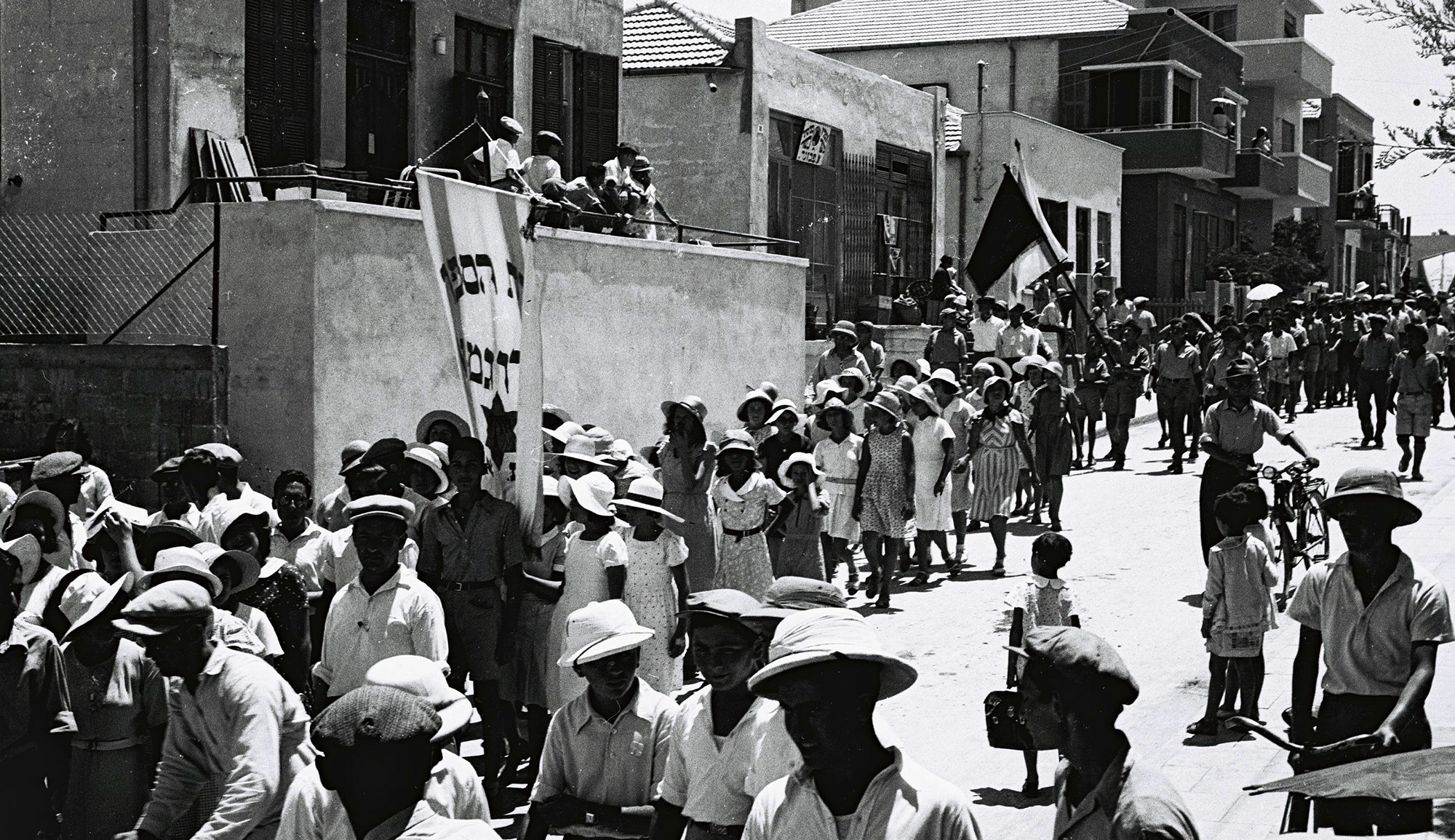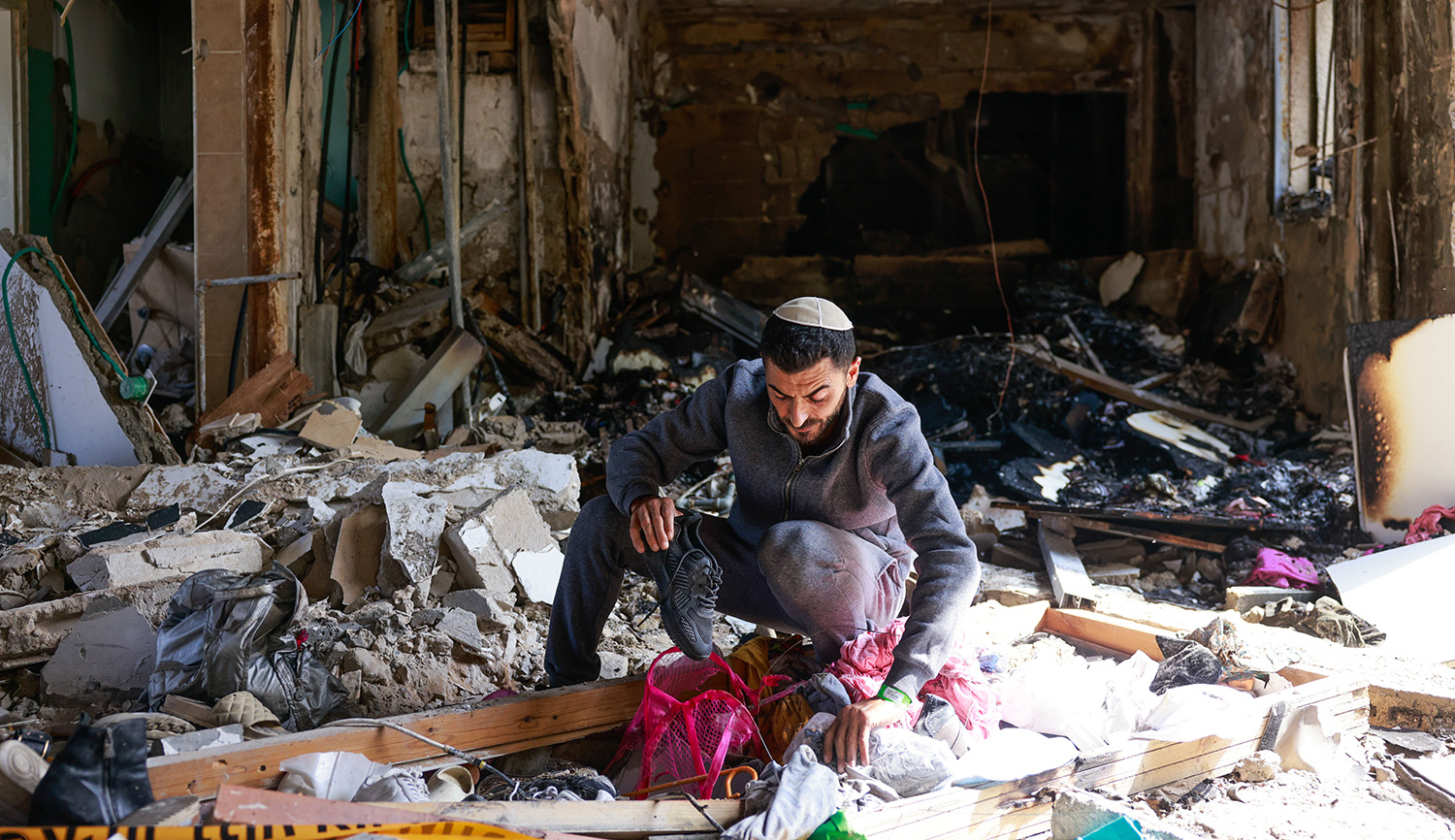Micrography, the use of miniature writing to draw shapes and pictures, has been a Jewish art form for over a millennium. Traditionally, the letters spell out biblical verses and form images of biblical scenes or religious objects. But Louis Rotblat, a Polish-born Jew who made his way first to England and later to New York, used micrography to draw portraits, including of two of the greatest figures of the American Yiddish theater: the playwrights Abraham Goldfaden and Jacob Gordin. David Mazower writes:
[Rotblat] had a genius for creating micrographs—minutely detailed compositions made up of thousands of tiny letters that appear whole from a distance but fracture and dissolve when viewed close up.
This unique form of Jewish folk art has a long history . . . and is still being practiced today. A micrographic artist needs the compositional skills of an architectural draughtsman, the fearlessness of a tattooist, and the flowing hand of an artist. Plus the fluency and stamina of the sofer, the Torah scribe, the occupation that many micrographers followed.
Rotblat created his first known micrographic portrait in London in 1897. It paid tribute to . . . Abraham Goldfaden, the founding father of the Yiddish stage. The Goldfaden micrograph . . . uses thousands of words from the text of the biblical operetta Shulamis, one of the most popular of all Goldfaden plays. In similar vein, his 1909 portrait of Jacob Gordin was also minutely detailed and was based on the text of a hugely popular play. This time it was Gordon’s Mirele Efros, also known as The Jewish Queen Lear.
Read more at Digital Yiddish Theatre Project
More about: Abraham Goldfaden, Arts & Culture, Jacob Gordin, Jewish art, Lower East Side, Yiddish theater


